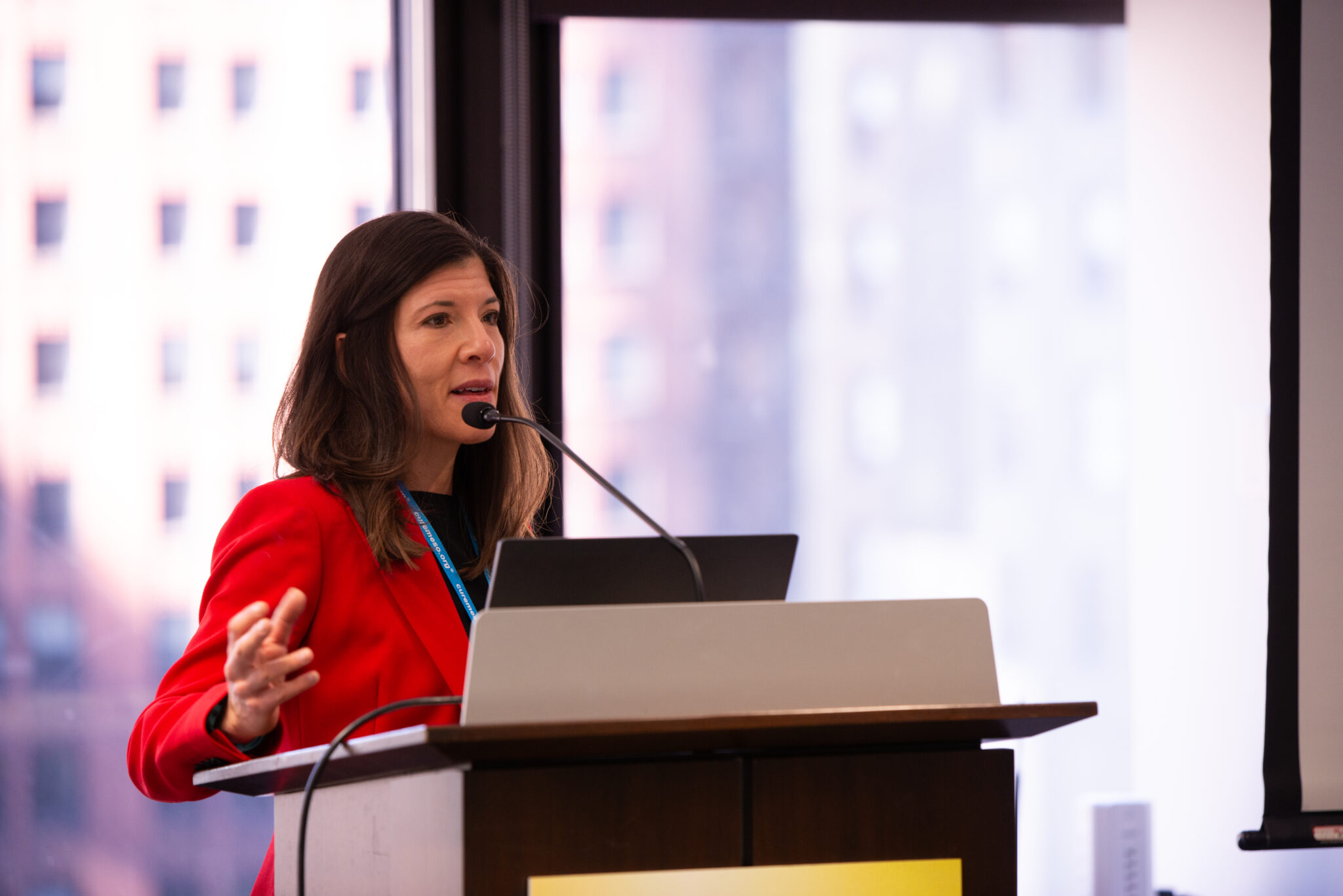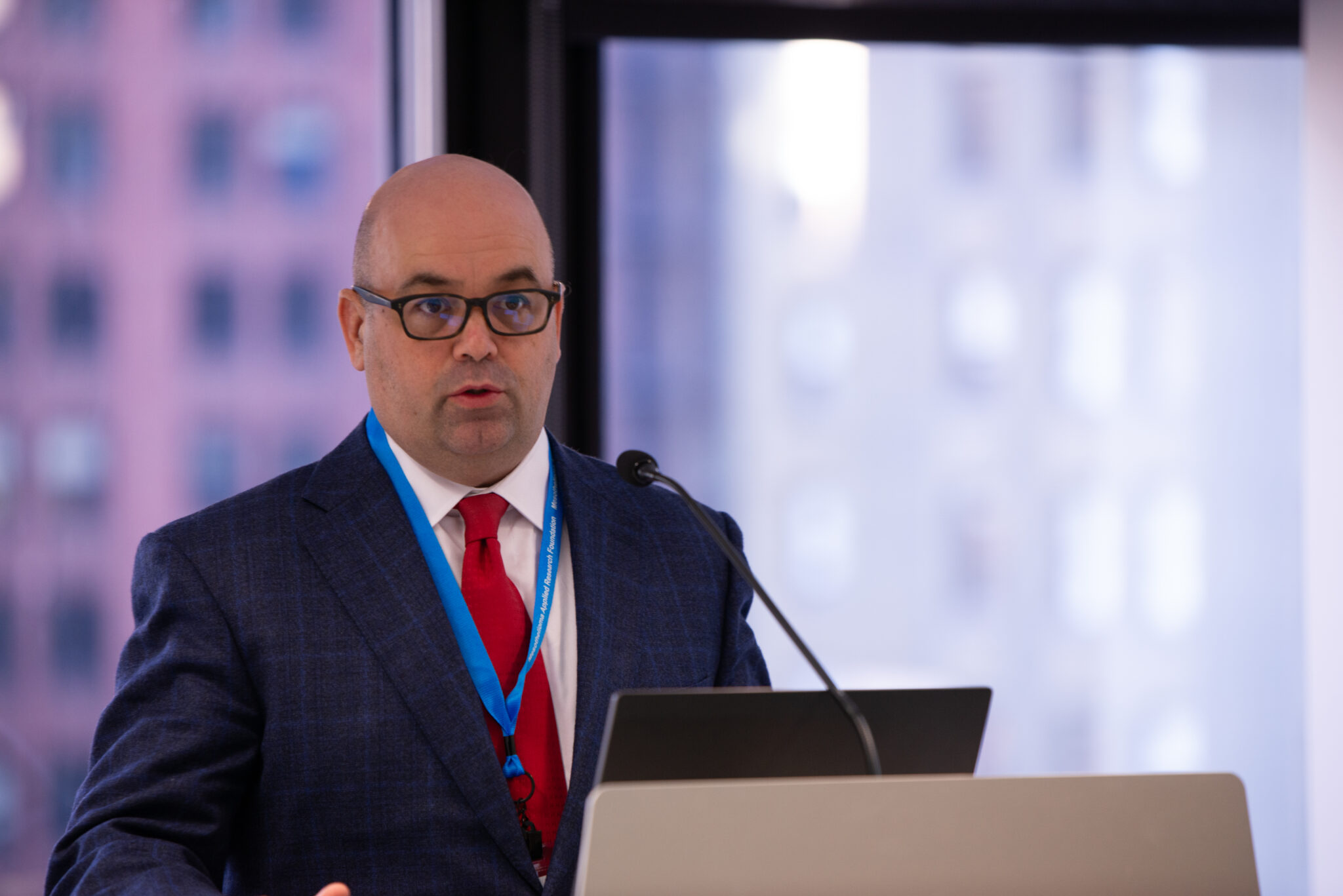I remember the exact moment when, I believe, my cancer first heralded itself – the time I barfed during my call shift. It was the first month of my post-graduate year three (PGY-3) year, in July of 2014. In the medical world, our years go by the academic year, so July 1 is the first day of the year, and June 30 is the last. The PGY thing just tells you how far out from medical school we are, and I was a little over 2 years out, just beginning my third year of residency. I was at the local Children’s hospital doing my pediatrics rotation, and it was my call night. On the pediatrics rotation, we still take 24-hour call, so if it’s your call day, you work all day and then work all night, and then you get the next day off to recover. On that particular day, I had been feeling “not the greatest” all day long – nauseated with some vague abdominal pain – and as the evening progressed, I finally got to the point where I decided that throwing up was inevitable. So I decided, as they say, to just get ‘er done. It was one or two in the morning. I went to the bathroom, took my turn driving the big white bus, and then went right back to reading studies. I felt a lot better, and I didn’t think it was anything more than a stomach bug at the time.
And that was just how it was for a while. I would have odd, intermittent episodes of vague abdominal pain and nausea. Sometimes I would throw up, other times it would just subside on its own. Sometimes it was just pain. I would take Tylenol or ibuprofen, and that usually took care of the pain. And, if it was going to be one of the barfing episodes, I knew I’d feel better when I threw up. So I’d make myself throw-up and pop some Tylenol, and everything was fine, or so I thought. And I just kind of dealt with the symptoms when they cropped up, and that went on for about 6 months. It got to the point, though, where I had to start using more powerful medicine to get rid of the pain. I had some prednisone at the house, and even though I don’t remember why I had it at home, I do remember why I tried it: it’s a corticosteroid[ref]Corticosteroids are made in the adrenal gland. They help manage food metabolism and salt/water levels (among other things). In medicine, we use them primarily for their anti-inflammatory properties. These are different from the performance enhancing steroids, which are called anabolic steroids, and are analogs of testosterone.[/ref] that reduces inflammation, and one of the nicer side effects is that it makes you feel good. Not “high” or anything. Good as in “I just woke up from the best sleep of my life” good. I thought it would help.
And it did! So, now, when these vague, non-specific symptoms would start, I would just take a couple days’ worth of steroids, feel better, and then go days to weeks without any problems. I thought it was a combination of the stress of residency and some idiopathic[ref]“Idiopathic” refers to a disease or condition that arises spontaneously or for which the cause is unknown.[/ref] inflammation. Retrospectively, I realize that those symptoms are not normal. But for my fellow physicians – really think about my story. What do you think it is? It sounds like it’s subacute nothingness. It sounds, quite honestly, like a big load of bullshit.
So I didn’t try very hard to get to the bottom of what was going on, right away. It didn’t “fit” with the presentation of, well, anything. Nothing I was familiar with, anyway. And I was a doctor, so I knew things, right? But after some time passed, with my trying to just treat the symptoms, I finally concluded that something was not quite right. There was something more going on than just an upset tummy because residency was hurting my delicate feelings.
And so I finally went to go see gastroenterology (GI). The stomach and guts docs. I told them what had been happening. We did some blood tests to rule out things like Celiac disease[ref]Celiac disease is the one where people have gluten allergies. But, real gluten allergies. Not people with self-diagnosed “gluten sensitivity.”[/ref] and a few other things. They started me on acid lowering medications. And they wanted to put a camera into my esophagus and stomach – an esophagogastroduodenoscopy, or EGD – to see if there was anything they could find. And they did! They took biopsies (tissue samples) from the esophagus, and the pathologist[ref]A pathologist is a physician (MD or DO) who specializes in tissues and laboratory studies. They’re the ones who look at things under the microscope and determine what disease we’re actually dealing with. You can’t move forward in treatment without a definitive diagnosis, especially in cancer treatment.[/ref] said it was “eosinophilic esophagitis.” Basically, asthma of the esophagus. Too much inflammation in the food tube.
I wasn’t thrilled about it, but we had an answer, and it was really no big deal, frankly. I figured between the acid lowering medicine and the steroids as needed, I would be fine. And most importantly, all those weird symptoms were now explained. We had an answer. Doctors like answers that fit with the patient’s presentation, and age, and which therefore make sense. This answer fit the symptoms, we had objective evidence of it from the biopsy samples, and I felt better, or at least convinced myself that I did. Everyone was happy. This was almost exactly a year prior to my actual diagnosis of cancer. But as that year went by, slowly, I noticed that those episodes of pain were becoming more frequent. It took longer and longer courses of steroids to get it back under control, and it became more persistently right sided. And in the early months of 2016, the pain started getting worse, more focal, and it was there more often.
Continue reading in the next installment by Christopher Graham here: Chapter 1 | Part 2: From Mardi Gras to the Emergency Room, Unrelated





